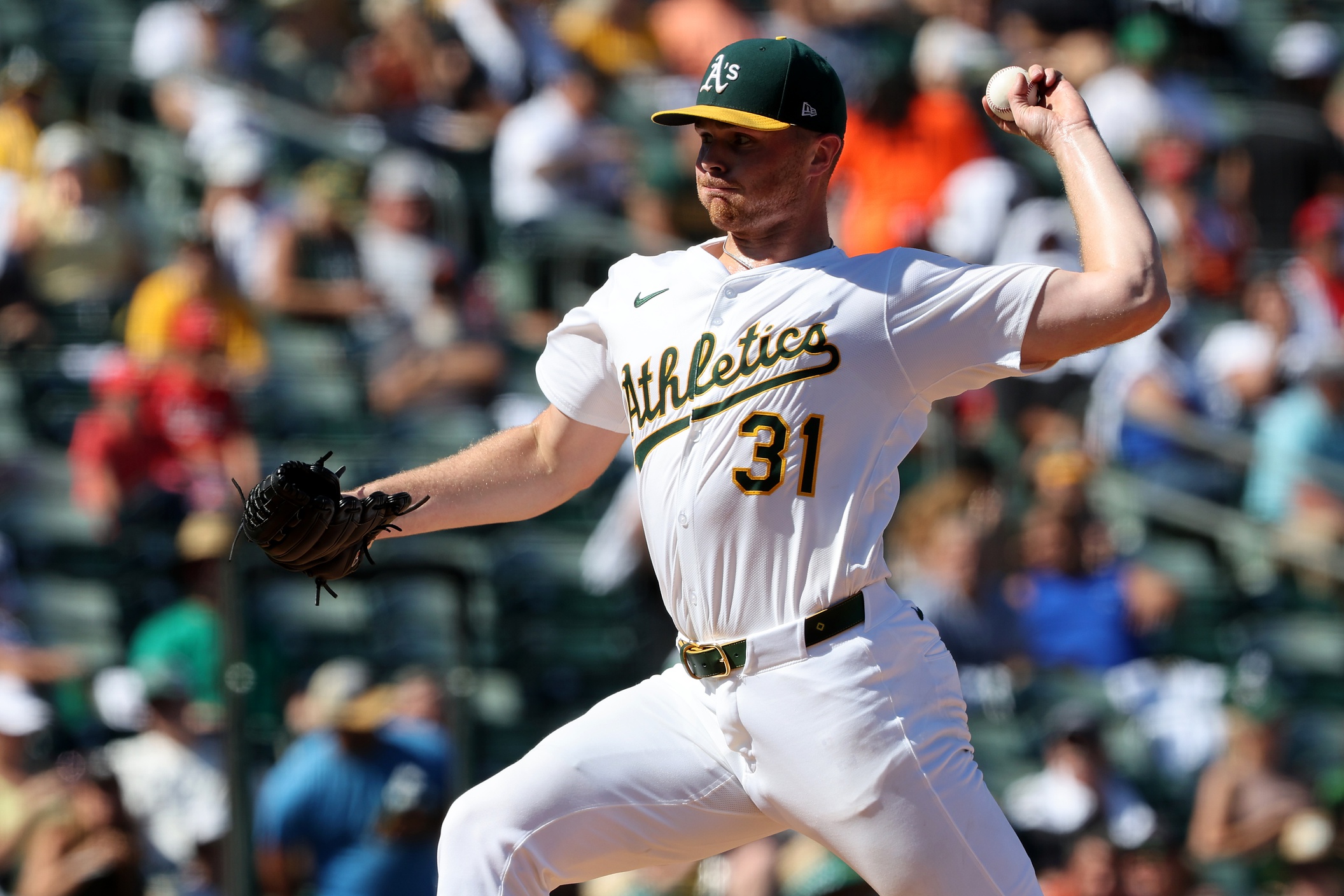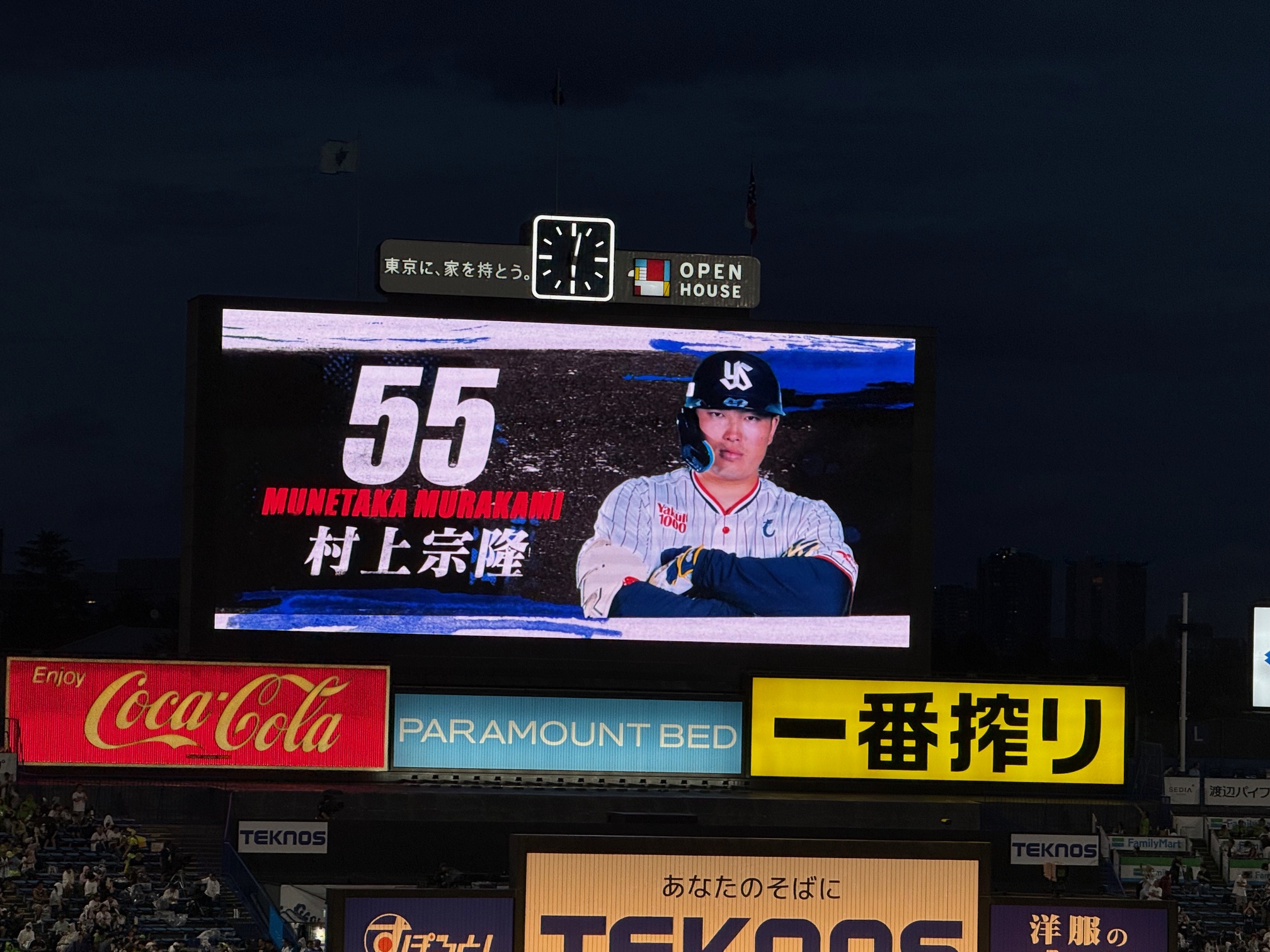It was a big week for the players the White Sox traded away for Craig Kimbrel in 2021, although only in the sense that they made news.
In terms of the directions of their careers, it was more of the same: Nick Madrigal was non-tendered by the Cubs, while Codi Heuer re-signed with the Rangers on a minor league deal after missing his second full season out of the last three.
With Madrigal and Heuer both officially out of the Cubs' plans, and with no lingering connections on the White Sox's side, we can officially settle the score with simple accounting. Determining a winner is a pointless exercise, because neither side got what it wanted.
- Craig Kimbrel (0.0)
- AJ Pollock (0.5)
- Nick Madrigal (1.3)
- Codi Heuer (0.6)
If there's anything to figure out, it's how Madrigal was so highly valued in the first place.
The White Sox's selection of Madrigal wasn't necessarily a mistake -- or if it was, everybody was wrong about him, and a whole lot of other draft candidates as well. Every major prospect-ranking outlet had Madrigal in their top four except for Keith Law, who had him No. 11. Even then, the 10 guys Law had ahead of him haven't produced anything more than a couple of complementary regulars (career bWAR in parentheses).
- Casey Mize (2.9)
- Carter Stewart (n/a)
- Matthew Liberatore (-0.5)
- Travis Swaggerty (-0.2)
- Alec Bohm (3.8)
- Jarred Kelenic (0.5)
- Cole Winn (-0.4)
- Ryan Weathers (1.0)
- Jonathan India (7.0)
- Joey Bart (2.9)
- Nick Madrigal (3.0)
Judging by the most productive players from that draft, the Cubs were the only team that could say they nailed it, at least among position players. Of the players to amass at least 10 WAR, Nico Hoerner was the only one selected on the first day of the draft.
| Player | Team | WAR | Round (Pick) |
|---|---|---|---|
| Nico Hoerner | Cubs | 15.1 | 1 (24) |
| Steven Kwan | Guardians | 13.0 | 5 (163) |
| Jeremy Peña | Astros | 12.9 | 3 (102) |
| Tarik Skubal | Tigers | 11.4 | 9 (255) |
| Cal Raleigh | Mariners | 11.2 | 3 (90) |
| Jarren Duran | Red Sox | 10.0 | 7 (220) |
(Pitchers have fared better, as behind Skubal are Logan Gilbert, Brady Singer and Shane McClanahan, all selected in the first round.)
Madrigal had been an insanely productive collegiate player, even around a wrist injury, to the extent that it transcended his build. Nick Hostetler teased the notion on draft night that his in-game pop would outperform his raw ingredients, but nobody on the outside got carried away in terms of Madrigal's power (the Jose Altuve comparisons were shot down with extreme prejudice). However, if you took Luis Arráez's bat-to-ball abilities and supported them with multiple secondary tools at an up-the-middle position, he'd probably be a consensus top-five pick, too.
Baseball America had the most glowing write-up:
While Madrigal will never be confused for a slugger and likely doesn't have much more fringe-average power, he makes the most of all the juice he has, with elite bat-to-ball skills that allows him to drive the gaps and use his speed to collect extra-base hits in the form of doubles and triples. He's not just a hitter, however, as Madrigal possesses plus-plus running ability and matches that skill with savvy baserunning prowess. A potential top-of-the-order hitter, Madrigal also projects as a plus defensive second baseman at the next level. The hands that allow him to hit with such apparent ease also translate to the field, where he is sure-handed and quick around the bag with enough arm strength for the keystone. Arm strength is the one knock on Madrigal--aside from his size--and scouts are split on whether he can be a major league shortstop, as Oregon State teammate Cadyn Grenier's defense was enough to push Madrigal to second base in 2016. Regardless of which side of the bag teams see him playing in the future, Madrigal seems like a lock to be taken inside of the first ten picks this June and could be a fast-moving college bat at the professional level, thanks to both his baseball skills and professional makeup and work ethic.
And even Law's evaluation, while not nearly as enthusiastic, considered his skill set that of an eventual MLB regular:
He's an above-average runner whose arm and footwork limit him to second base, and at 5-foot-8, 165 pounds, he doesn't have or project to even fringy power. However, he has consistently been among the best hitters in college baseball since arriving at OSU and is one of the highest-probability big leaguers in the draft class.
So everybody was more or less on board with Madrigal as he was in Oregon State. The problem was that the version of Madrigal who arrived in Chicago was neither a plus runner nor a plus defender because his lauded instincts were nowhere to be seen. The draft-day evaluations couldn't be rewritten -- and maybe nobody would even want to, because perhaps his decision-making played brilliantly at a lower game speed -- so at this point, the winners would be the ones who jumped off the bandwagon first.
The Eric Longenhagen/Kiley McDaniel write-up for the 2019 prospect list said that Madrigal looked "tired and sluggish during instructional league," but they still hung a 55 FV on him because the demerits were still most likely some hangover from the wrist injury. When the regular season rolled around, Law was the first to report unremarkable run times and revise downward:
He also ran average twice on ground balls and also just average at second base. I have seen him three times this year, as well, and keep coming back to David Eckstein -- another diminutive middle infielder with a short swing and a great eye at the plate, although Eckstein was a better fielder and runner. Madrigal is going to have to hit for a pretty high average to be more than a soft regular, and I'm not sure he'll make enough high-quality contact to do that.
Law left Madrigal off his top-100 list while every other outlet had him in their top 50, and he took a considerable amount of heat for it. And hey, there was a brief window where his forecast could've been the wrong one. Madrigal hit .317/.358/.406 over 83 games in his White Sox career, and was slugging .568 over a 20-game stretch when he tore his right hamstring running to first. Stardom would probably continue to prove elusive, but steady above-averageness in the mold of an Eckstein or (as I'd hoped) Placido Polanco was easy enough to envision, at least if Madrigal could ever understand that 90 feet was longer for him than it used to be.
But once Madrigal underwent two season-ending surgeries in as many seasons in the majors -- one for his shoulder, one for his hamstring -- that's when the White Sox decided to cash out themselves. The timing of the trade struck me as pretty inspired, because really, how many significant injuries could a guy the size of Madrigal absorb before it started draining his necessary physical resources? And history proved that part of the White Sox's judgment correct.
If there's any second-guessing, it would be about whether Kimbrel was the right use of one of the Sox's few legitimate trade chits. Kimbrel's ineffectiveness with the Sox made that an easy "no," but nobody predicted such a collapse at the time of the deal. The bigger concern was whether a reliever, even one as good as Kimbrel, would get a chance to make a dent on a short series because games simply would never get to him. Kimbrel got just one high-leverage playoff appearance in a White Sox uniform and made a fine mess of it, but the Sox were already trailing at the point he entered, emblematic of an ALDS matchup against the Astros that was too lopsided to shine a spotlight on the eighth inning guy.
The irrelevance of Kimbrel's nosedive makes it easier to wonder whether Madrigal could've been converted into immediate hitting help, even if the Sox had to wait until the winter for that sort of offer. A little bit further down the road, it'd be easier to see that Madrigal was swept up in Rick Hahn's addiction to relievers, and any significant attempt to pivot to any other part of the roster at any point would've been welcome. Heuer’s rocky road alongside Matt Foster hitting free agency earlier this month reminds that the two homegrown stars of the 2020 White Sox bullpen never duplicated their success, further pushing the front office toward looking for late-inning love in all the wrong places.
Given the way the entire enterprise unraveled within two years, whatever other player the Sox could've acquired for Madrigal probably would be on the trading block himself.






